Tax relief on pensions
Learn how each pension contribution you make is given a boost - in the form of tax relief.

What is pension tax relief?
Whenever you make pension contributions, that money is given a boost from tax relief.
The relief is equal to your marginal income tax rate - so basic rate taxpayers get 20% relief, higher rate taxpayers get 40% and additional rate taxpayers get 45%.
It’s a great uplift to your total pension contributions. For example, if you are a basic rate taxpayer and you pay £100 into your pension, the total contribution - including tax relief - is £125. That's a 25% top up.
The Government offers tax relief to encourage you to put that money away for the future, instead of spending or saving it now.

How does pension tax relief work?
Tax relief is based on your income tax band.
If you are a basic rate taxpayer (earning up to £50,000), you will get 20% tax relief. This translates to a 25% boost on each pension contribution.
Higher-rate (40%) and additional-rate (45%) taxpayers may have to claim the additional tax relief on their Self Assessment tax return – unless their employer does this automatically through a ‘net pay’ arrangement.

How much tax relief can I claim in 2025-26?
Tax relief is available on pension contributions up to 100% of earnings, capped at £60,000 per year.
That means a maximum annual contribution of £60,000 would be made up of a £48,000 personal contribution and £12,000 in tax relief – 20% of the £60,000 total. For a higher rate tax payer that would work out as a personal contribution of £36,000 with £24,000 in tax relief.
If you are a non-earner, you still have an annual allowance of £3,600 for pension contributions - £2,880 of your own money, and £720 added through tax relief.
Tax relief rates
Tax relief rates are the same as your income tax rate. In England these are:
- 20% for basic-rate taxpayers
- 40% for higher-rate taxpayers
- 45% for additional-rate taxpayers
Income tax in Scotland is structured differently. Tax relief rates in Scotland are:
- 19% starter rate
- 20% for basic-rate taxpayers
- 21% for intermediate-rate taxpayers
- 42% for higher-rate taxpayers
- 45% for advanced-rate taxpayers
- 48% for top-rate taxpayers
How do I claim pension tax relief?
The basic rate of tax relief is usually claimed for you by your pension provider. It usually takes 6-11 weeks to receive the tax reclaim from HMRC.
You only need to claim tax relief if you are a higher-rate taxpayer. You can claim back any additional tax relief through your Self-Assessment tax return.
Tax relief on workplace pension schemes
Some workplace pension schemes use a ‘net pay’ arrangement. If you are a member of such a pension scheme, you do not have to claim back your additional tax relief. Your pension scheme will claim it automatically for you.
Pension tax relief for high earners
The amount you can contribute to your pension may be reduced if you are a very high earner.
If you have an adjusted income over £260,000, you may be subject to the tapered annual allowance. This reduces the amount you can contribute each year by £1 for every £2 over £260,000 you earn. Once an individual’s earnings reach £360,000 or above, the annual allowance is capped at £10,000.
Find out more about the tapered annual allowance.
Pension tax relief FAQs
More on tax and pensions
Please note the tax treatment of these products depends on the individual circumstances of each customer and may be subject to change in future. If you are uncertain about the tax treatment of the products you should contact HMRC or seek independent tax advice.
Important information: The ii SIPP is for people who want to make their own decisions when investing for retirement. As investment values can go down as well as up, you may end up with a retirement fund that’s worth less than what you invested. Usually, you won’t be able to withdraw your money until age 55 (57 from 2028). Before transferring your pension, check if you’ll be charged any exit fees and make sure you don't lose any valuable benefits such as guaranteed annuity rates, lower protected pension age or matching employer contributions. If you’re unsure about opening a SIPP or transferring your pension(s), please speak to an authorised financial adviser.